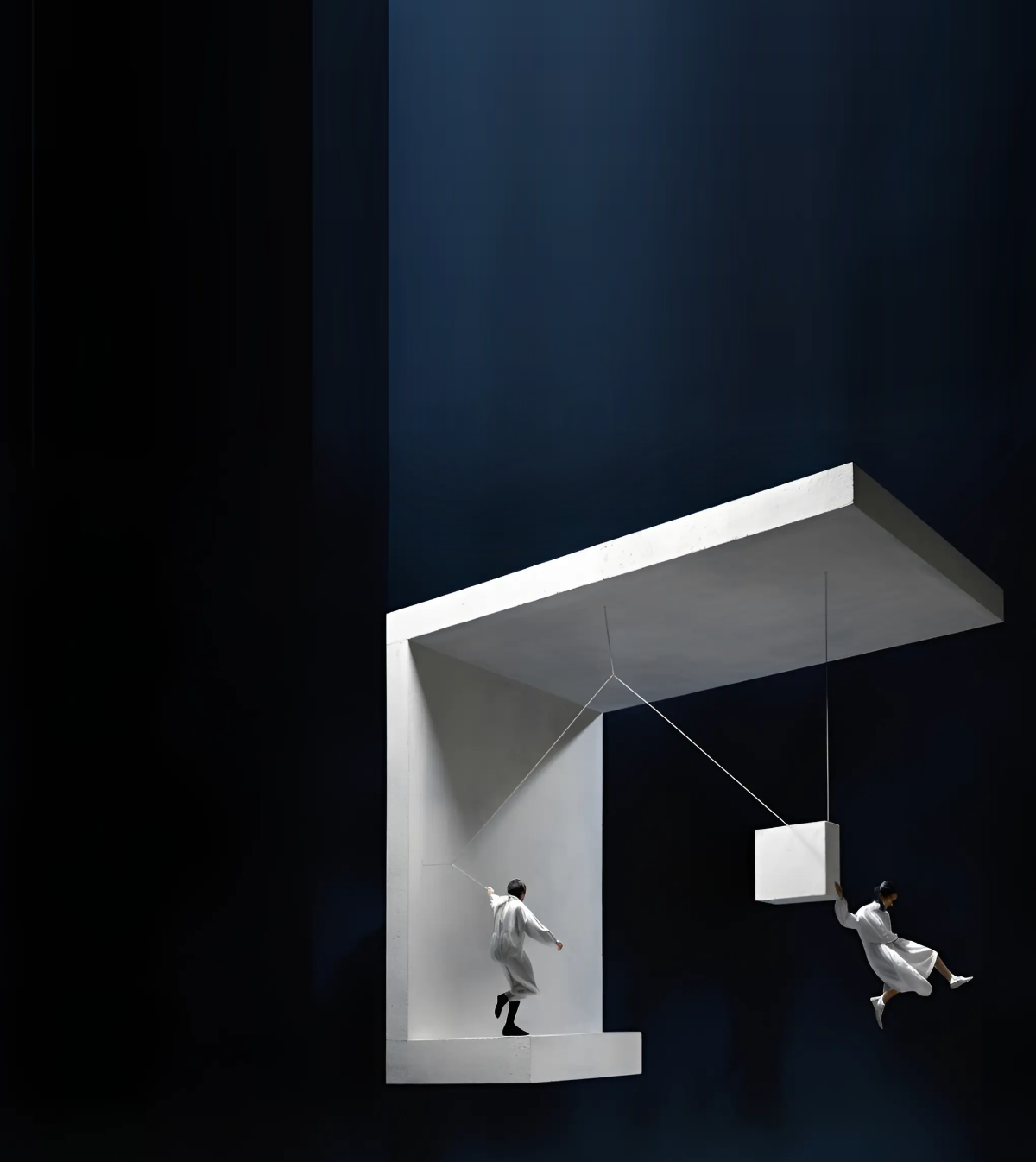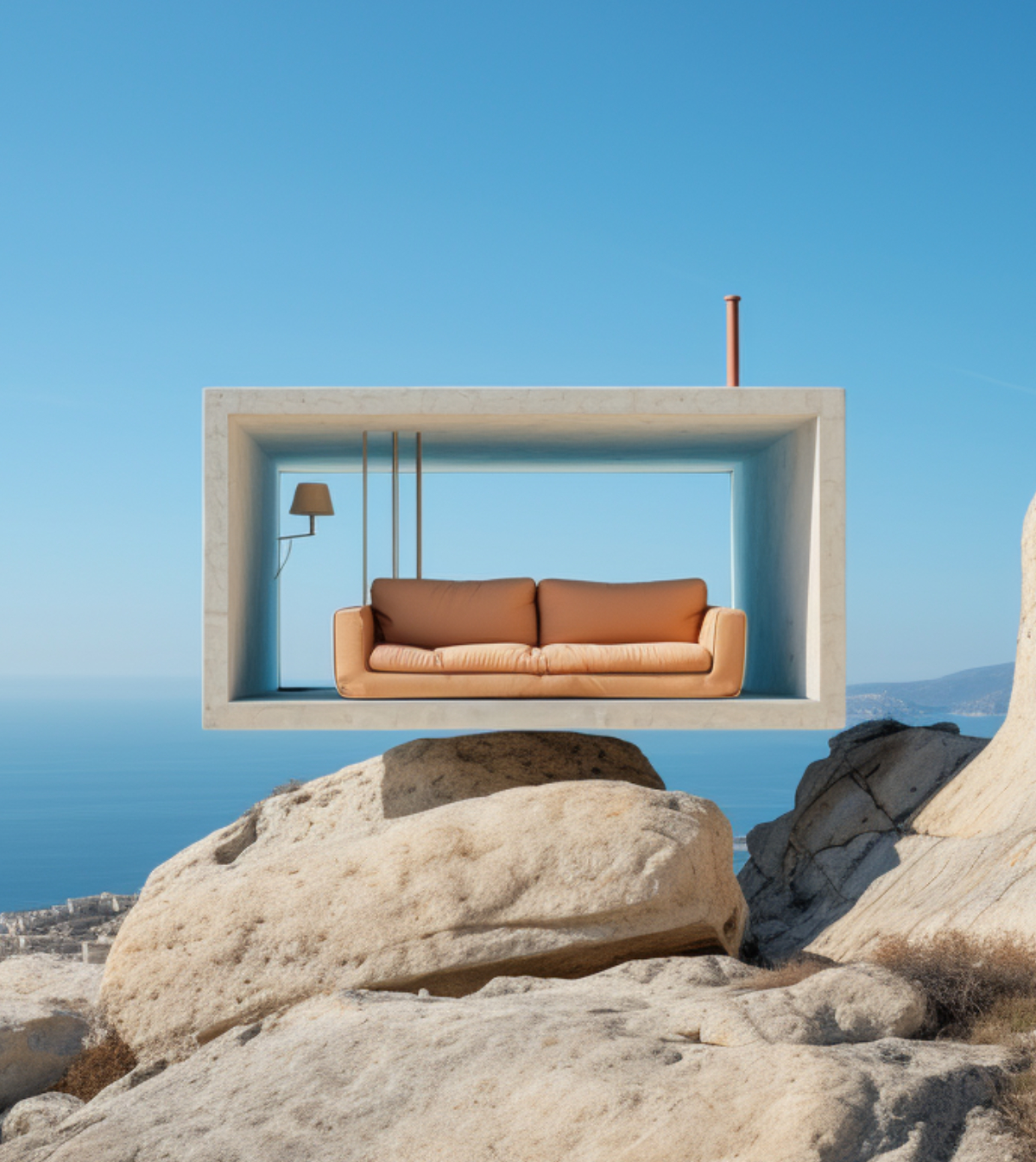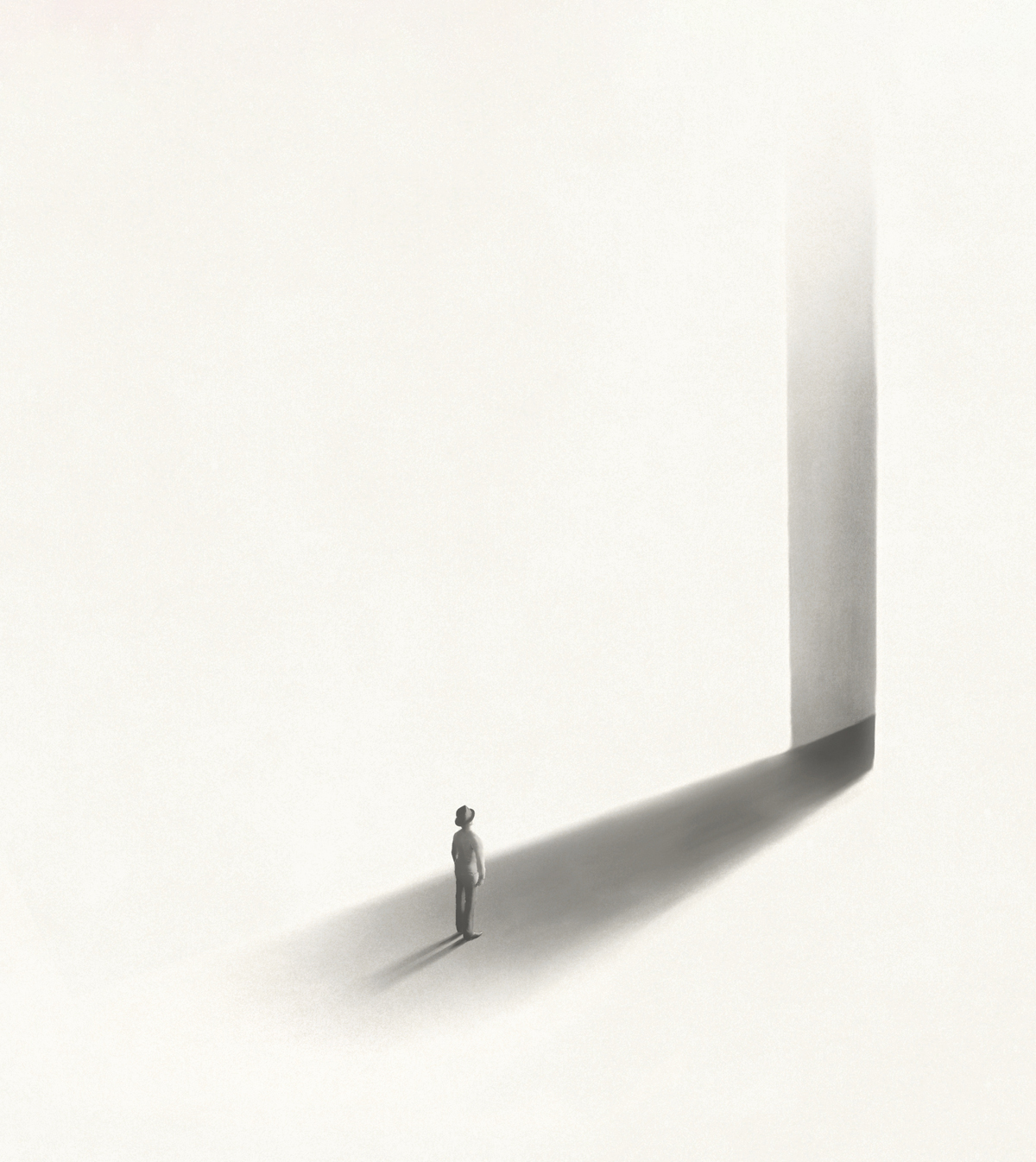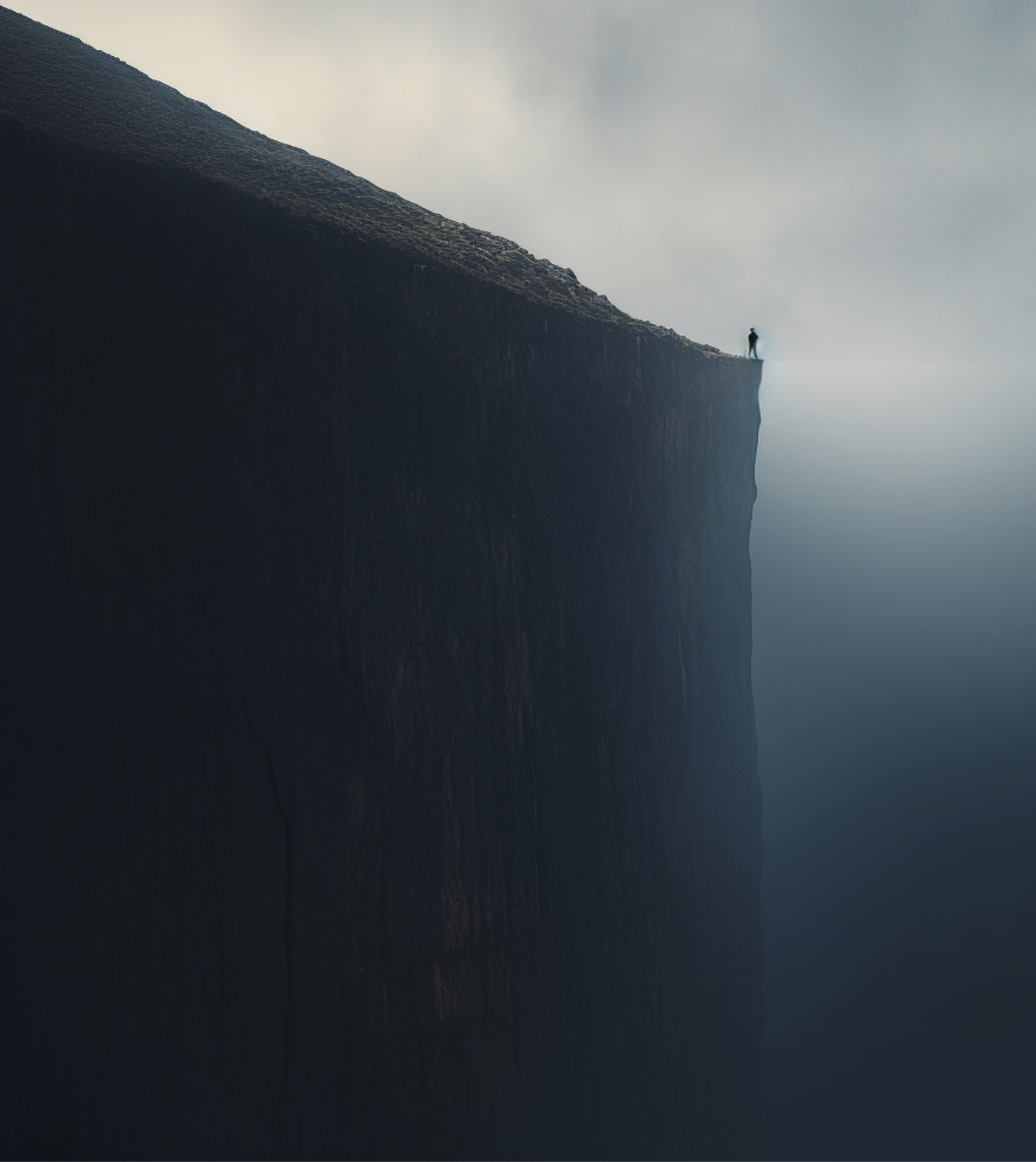We’d like to take the opportunity to introduce you to the winners of one of our Honorable mentions for the “European Velo Stops” competition - Clare van Montfrans and Elizabeth Farrell from United States!

Clare van Montfrans and Elizabeth Farrell from United States
As TwoPlus Collaborative, we are two women exploring the space between art and architecture in public places. Trained as architects in Texas and Virginia, we focus on projects that are material-driven and provide opportunities for spontaneous human interaction and play. We formed this Austin-based design collaborative after several years of collaborating together in graduate school. We each hold a M.Arch from the University of Texas at Austin, and a B.S.Arch from the University of Virginia.
Brief information about the projects that you/your company have been involved with. For instance what scale have you focused on/preferred, any significant projects where company/ individuals have been involved?
Our professional work up to this point has focused on materially-driven public art projects that seek to intensify a sense of place and create memorable shared experiences for visitors. Our two most recent projects have been temporary, requiring us to consider how to make a significant lasting impact that might outlive the life of the piece itself. “Blind Spot,” a temporary installation for Creek Show 2017, collaged reflections of the surrounding place with videos taken while cycling, suggesting an emphasis on people-powered transit for a currently underutilized creek bed in downtown Austin. “Mirror Cloud,” a piece for Art in Public Places TEMPO program, similarly created a collage of experiences that intensified a sense of place. Made up of a series of mirror polished stainless steel volumes, the piece was lost in the landscape from far away, while creating a new reading of the sky from up close. We have enjoyed working on small-scale projects with quick timelines because of the ability to design and then test our ideas relatively quickly. We see the temporary public art projects as research, or aprimer, helping us to generate ways of thinking about larger scale projects or even buildings.
What does architecture mean to you and what is the role of an architect in your society?
Architecture isn’t just a profession, it is a way of thinking about projects and the world that begins with architectural education. The system of thinking that is established in order to bring together disparate information to produce a building can be applied to any number of other projects, with various degrees of design, scale, budget and physicality. As architects, we are uniquely positioned to demonstrate a way of building but also a way of thinking about space. We have a responsibility to present alternate futures for society through suggestions that influence the makeup of the spaces we inhabit on a daily basis, whether formal or informal, public or private. Any design problem can be interesting, and can have the potential to affect how we understand our environment and our world. The job of the architect is to see this potential, then explore and reveal it.
Why do you participate in architecture vision competitions?
Architecture vision competitions are a great opportunity to further our personal narratives as a firm because it forces you to convey an idea within a series of constraints. This helps hone the ability to communicate visually while establishing a strong narrative to support the representation. Because the amount of information you can present is limited, decisions have to be made strategically in order to convey the intention behind your ideas and communicate them efficiently. It is a useful exercise that translates well into streamlining project processes while developing a representational strategy. As a young firm, these types of competitions allow us to stretch our project experience and design abilities in ways that can then be applied to future real-world projects.
What advice would you give to individuals who struggle to decide whether it would be beneficial for them to participate in architecture vision competitions?
Make it work for you! It is an opportunity to test your ideas and generate work that is interesting to you. It allows you to explore a new project type that you might not otherwise have the opportunity to think about or work on, with relatively low risk involved, but the potential for high reward.
Top 3 Reasons Why You Should Enter Architecture Competitions
Curious about the value of architecture competitions? Discover the transformative power they can have on your career - from igniting creativity and turning designs into reality, to gaining international recognition.
Learn more























